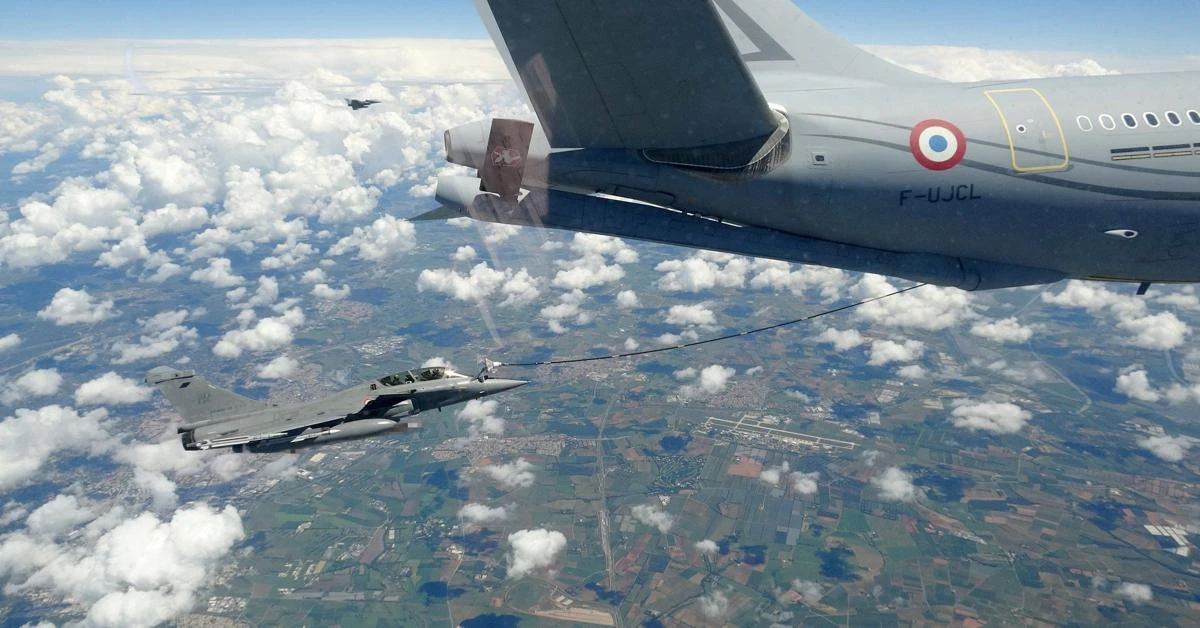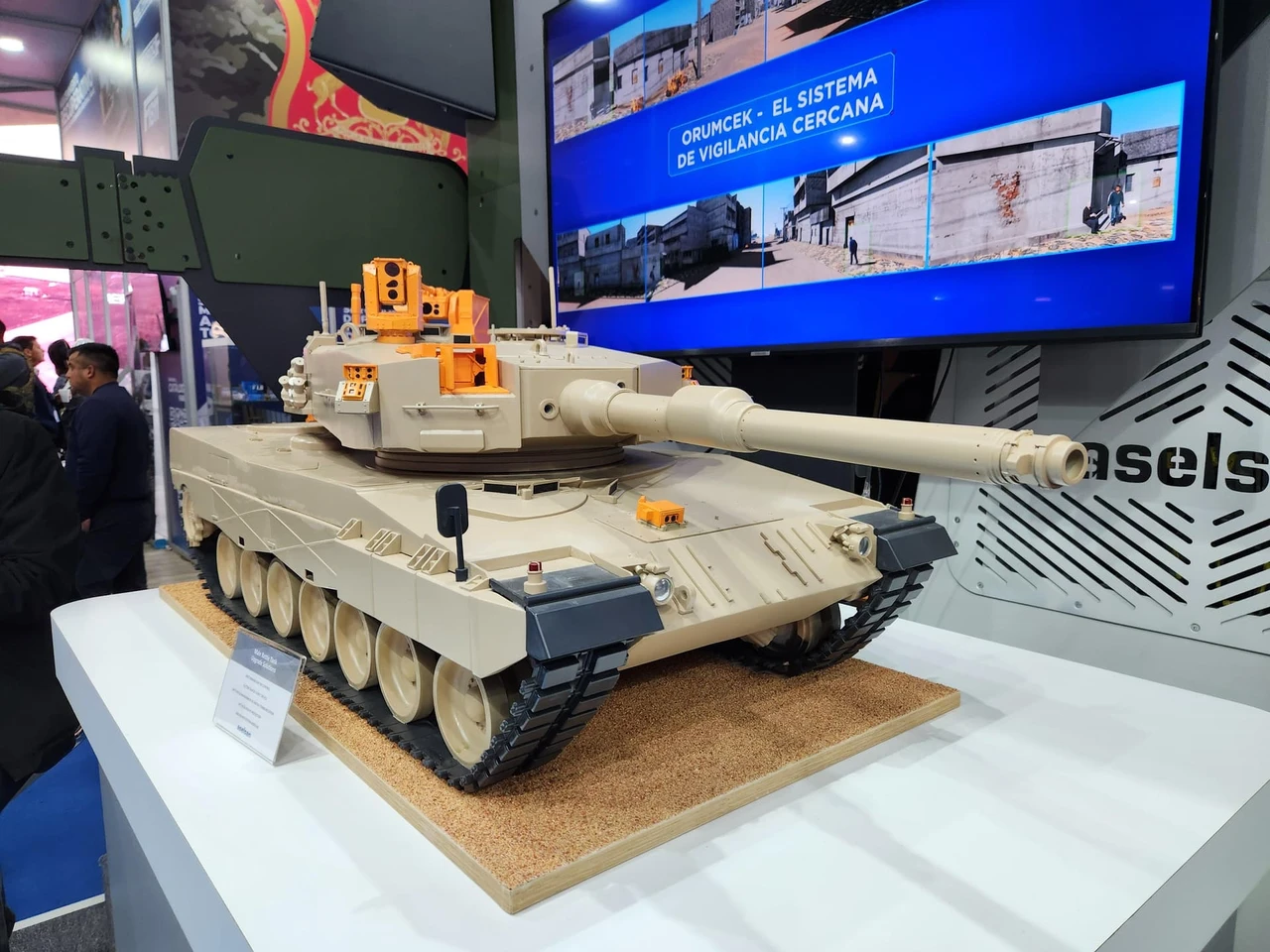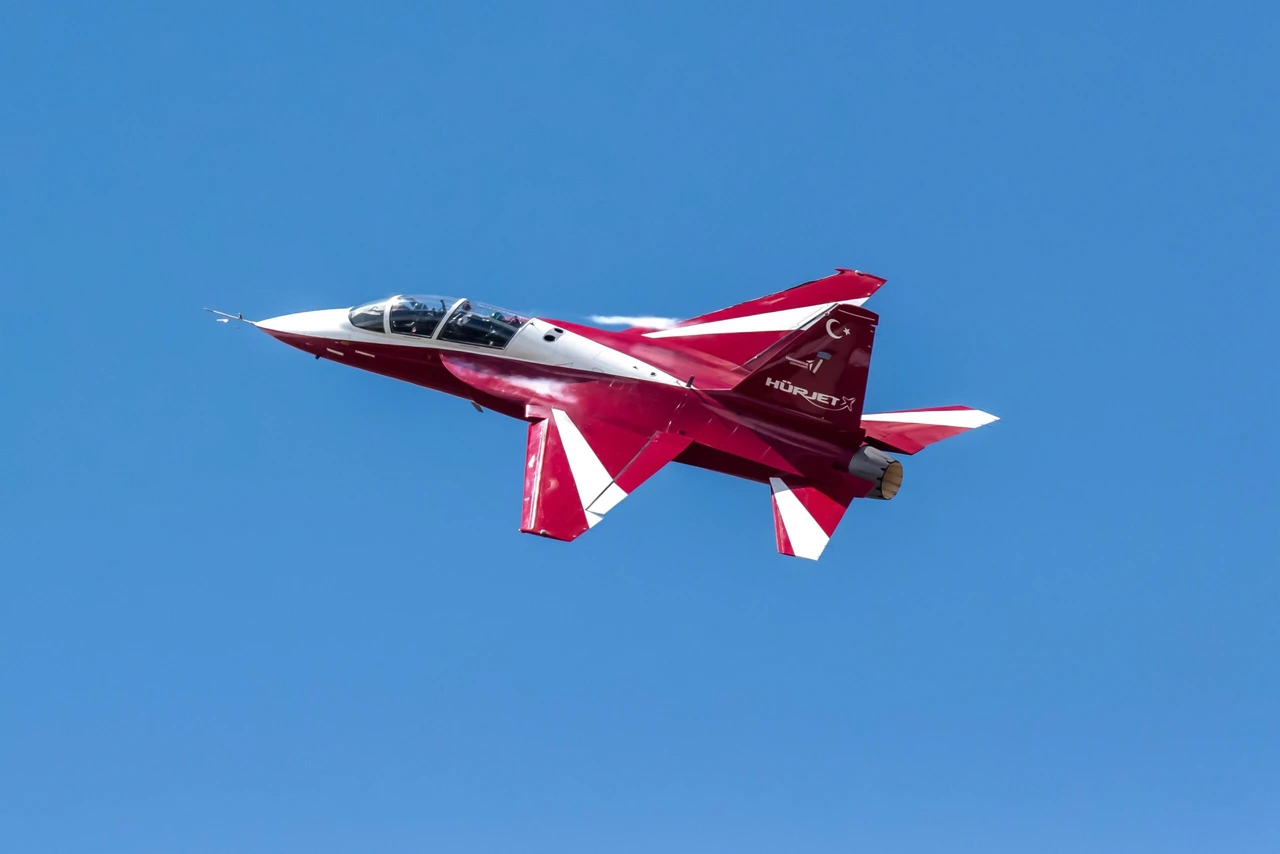France advances nuclear defense with ASMPA-R missile

France successfully conducted the inaugural assessment firing of its upgraded nuclear air-launched cruise missile, the ASMPA-R, on May 22, 2024.
Operation Durandal specifically simulated a nuclear raid scenario to showcase the missile’s capabilities. Launched from a Rafale B aircraft, the ASMPA-R flew without its military payload as part of the test.
France’s nuclear deterrence strategy, characterized by its willingness to consider a first-strike option in response to non-nuclear provocations, sets it apart from other nuclear powers like the U.S. and China, which adhere to a no-first-strike policy.
Sebastien Lecornu, French Minister of the Armed Forces, expressed satisfaction with the successful test firing and commended the Ministry of Defense personnel and industrial partners involved in the project for their contributions.
The exercise included an A330 Phenix aircraft and overcame simulated air-to-air and ground-to-air threats before launching the MBDA-manufactured ASMPA-R.
The ASMPA-R project represents a significant advancement in France’s airborne nuclear deterrence capabilities, building upon the legacy of ASMP missiles.
Originally developed in 1986, the ASMP boasted a range of 80 to 300 kilometers (49.7 miles-18.64 miles) and utilized a variable-yield TN 81 warhead. Its successor, the ASMP-A, introduced in 2009, extended the range to 500 kilometers and featured a new 300 kt (thousands of tons) thermonuclear warhead.
With the ASMPA-R project, France aims to enhance its predecessors’ range and warhead capabilities, aligning with French President Emmanuel Macron’s directive to maintain operational effectiveness until the ASN4G, a fourth-generation hypersonic missile slated for 2035.



